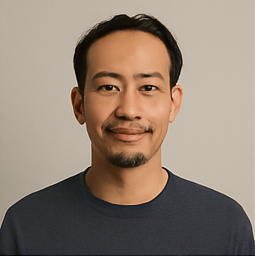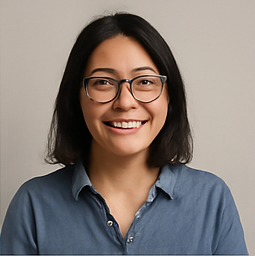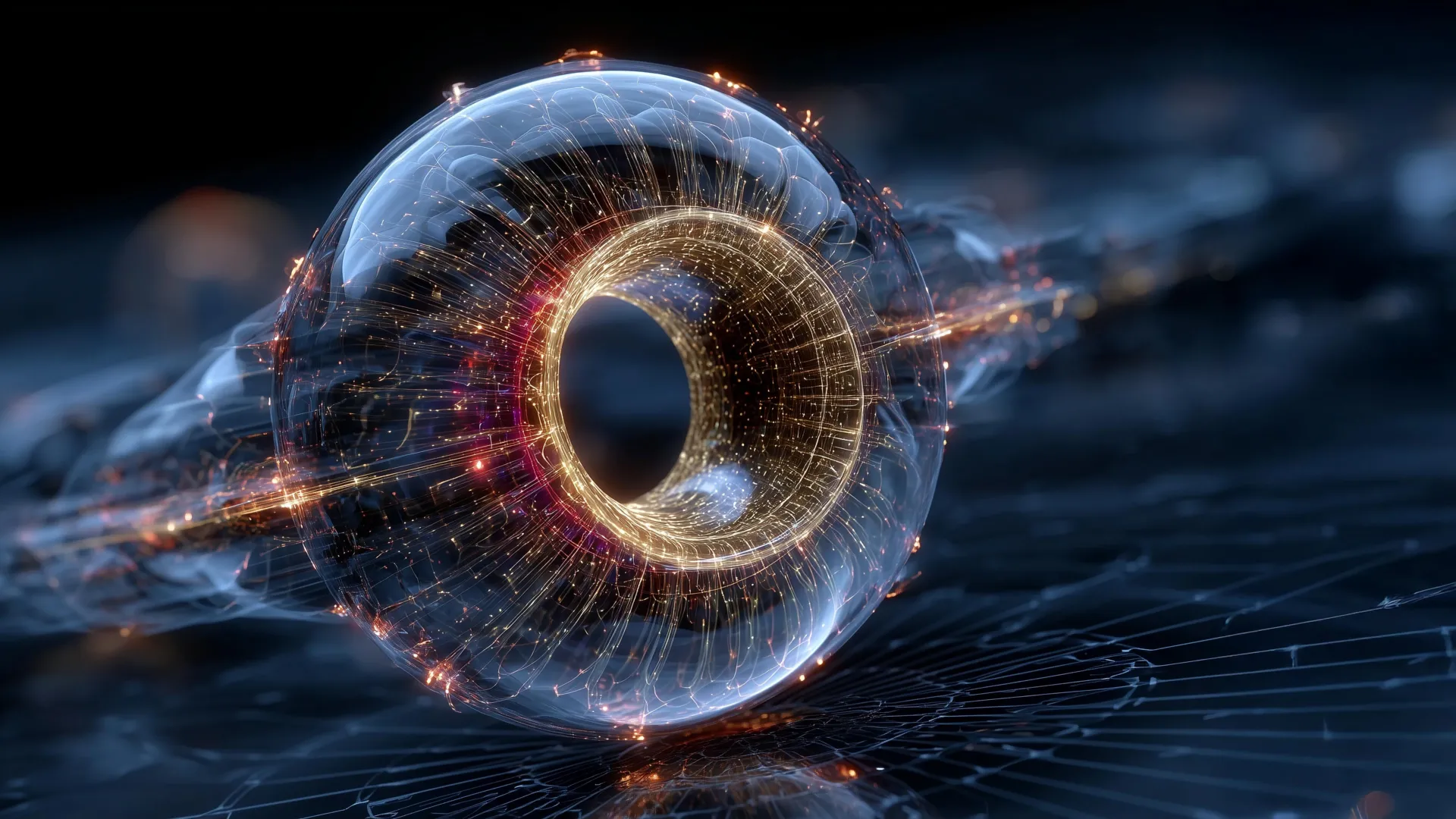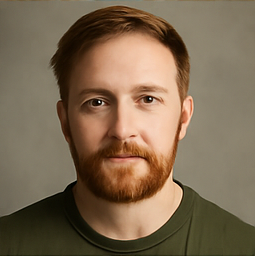Unlocking Quantum Power: How a Forgotten Particle Could Revolutionize Computing!










2025-08-23T12:44:40Z

Imagine a world where your computer could solve problems faster than we ever thought possible—quantum computers are on the brink of making this a reality! However, there's a catch: today's quantum machines are delicate, and their 'quantum bits' or 'qubits' are notoriously easy to disrupt. This fragility has been a major hurdle, preventing these technological marvels from reaching their full potential.
But hold on to your hats! Researchers have recently unearthed a groundbreaking approach called topological quantum computing, which takes a cue from exotic particles known as anyons. These little wonders could one day protect quantum information, making it far more resilient to noise than ordinary qubits.
Professor Aaron Lauda, a prominent figure at USC’s Dornsife College of Letters, Arts and Sciences, shares that among the front-runners in this revolutionary computing method are Ising anyons. These have already sparked interest in laboratories due to their intriguing properties in systems such as the fractional quantum Hall state and topological superconductors. However, there's a catch: alone, Ising anyons cannot perform all the necessary operations for a fully functional quantum computer. To do so, they rely on a unique technique called 'braiding,' which involves physically moving anyons around each other to execute quantum logic. Unfortunately, this only allows for a limited range of operations known as Clifford gates, which simply aren't enough for universal quantum computing.
That’s where the game-changer comes in. A new study published in Nature Communications reveals that a team of mathematicians and physicists, led by researchers from USC, discovered a way to enhance the capabilities of Ising anyons. By reintroducing a previously dismissed type of anyon, aptly named 'neglectons,' they have found a way to make Ising anyons universal, granting them the ability to perform any quantum computation through braiding alone.
So, how did this happen? The secret lies in a new class of mathematical theories called non-semisimple topological quantum field theories (TQFTs). While traditional models discarded components with 'quantum trace zero'—deeming them useless—the USC team saw potential where others saw dead ends.
“It’s like finding treasure in what everyone else thought was mathematical garbage,” Lauda explains. The introduction of neglectons provides the missing element that allows Ising anyons to support universal computation through braiding techniques.
But the road to discovery wasn’t smooth. The non-semisimple framework introduced peculiarities that challenged a fundamental principle of quantum mechanics known as unitarity, which helps preserve probability in calculations. Most physicists might have shrugged this off as a fatal flaw, but Lauda’s team cleverly navigated around it. They designed their quantum encoding to ensure that the computation takes place in areas of the theory that are stable, avoiding the unstable components altogether.
“Think of it like designing a quantum computer in a house with some unstable rooms,” Lauda elaborates. “Instead of fixing every room, we focus on making sure all the computing happens in the structurally sound areas.” They effectively quarantined the troublesome aspects of their theory, allowing computation to proceed smoothly despite the mathematical oddities lurking in the background.
What’s truly exciting is that this research bridges abstract mathematics with tangible engineering solutions, unlocking a new chapter for quantum information science. Lauda adds, “By embracing these previously brushed-aside mathematical structures, we have paved the way for future breakthroughs.” The team is now focused on extending their framework to explore other parameters and clarify the role of unitarity in their newly developed non-semisimple TQFTs.
On the experimental side, they’re aiming to identify specific materials where this stationary neglecton could be realized and develop practical protocols for their braiding approach to be transformed into operational quantum techniques.
“What’s particularly thrilling is that we are getting closer to universal quantum computing with particles we already know how to create,” Lauda concludes. “If experimentalists can tap into this stationary anyon, the full power of Ising-based systems could be unlocked!”
 Lars Andersen
Lars Andersen
Source of the news: ScienceDaily